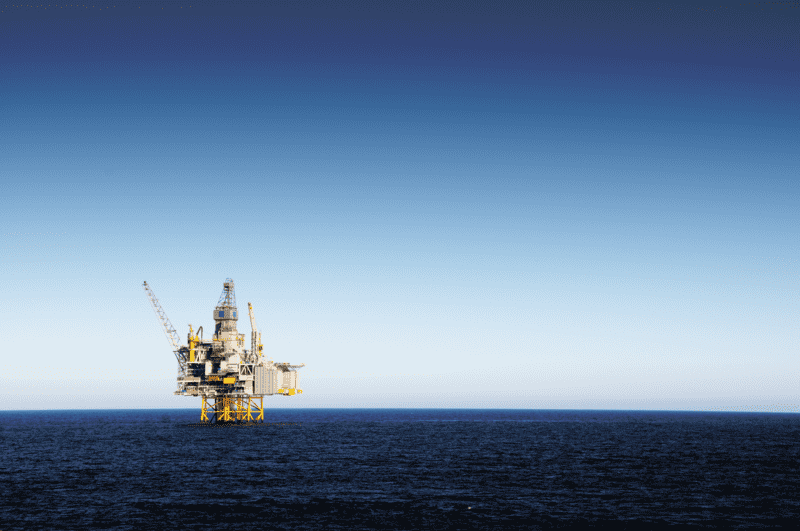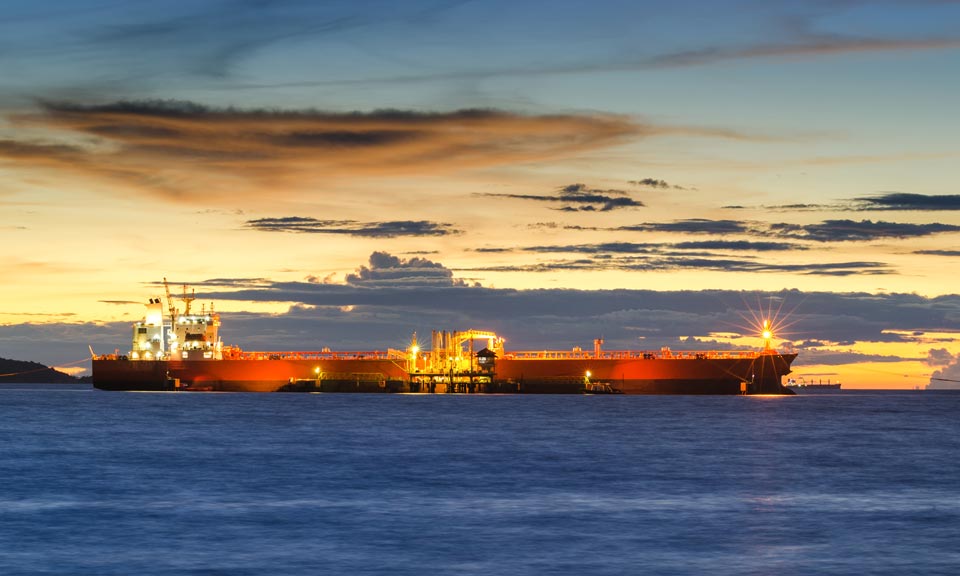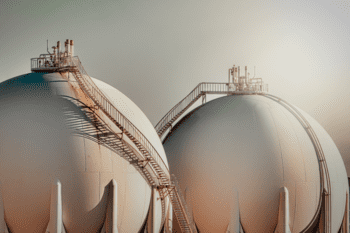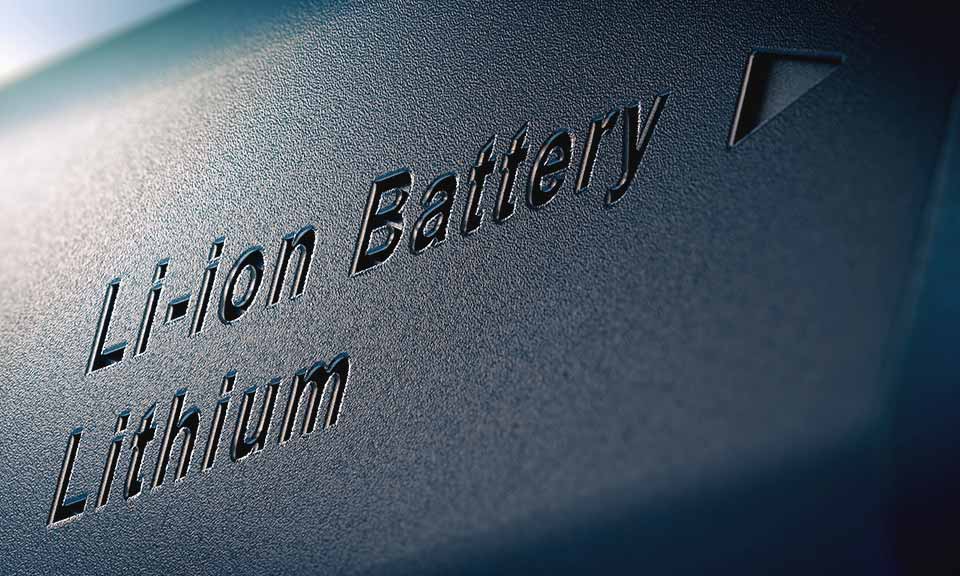US refiners will likely show some optimism during upcoming third-quarter earnings calls, as margins remain elevated by tight diesel supplies heading into peak winter heating season.
However, refiners may also touch on some oil demand headwinds as the global economy remains far from bullish and as the Biden administration dangles the possibility of an export ban in its attempt to lower prices.
US third-quarter refinery margins have cooled from record levels in the second quarter but seem on track to retrace those gains in the fourth quarter.
So far in Q4, US Atlantic Coast RIN-less cracking margins for Platts Dated Brent are averaging $29.05/b, up from Q3's average of $19.11/b but below Q2's $38.33/b,S&P Global Commodity Insights data shows.
RINs are credits used by US refiners to meet their renewable volume obligation under the Environmental Protection Agency's Renewable Fuel Standard.
US Atlantic Coast refiners, such as Phillips 66 and PBF, are benefitting from low distillate inventories, while US Gulf Coast refiners continue to benefit from strong export demand for distillates and gasoline, particularly into Latin America.
Valero Energy, which has a strong USGC refinery presence, is due to report its earnings Oct. 25, followed by PBF on Oct. 27.
USAC distillate stocks at 25.56 million barrels the week ended Oct. 14 were 43% below the five-year average, US Energy Information Administration data shows. That same week, US refiners exported 1.04 million b/d of distillates, primarily from the USGC, down from a recent peak of 1.8 million b/d the week ended Sept. 16.
Planned and unplanned refinery outages in the Atlantic Basin, including recent refinery strikes in France, have reduced the capacity to produce fuels as the market enters peak winter demand season. Buyers have also been snapping up diesel ahead of European sanctions on Russian barrels due to go into effect on Feb. 6.
Diesel crack spreads have edged lower recently as most of the French refinery strikes have been called off. Strikes at two of TotalEnergies' plants are ongoing, however, while ExxonMobil's Fos-sur-Mer refinery has briefly paused its restart due to an incident.
The NYMEX front-month ULSD crack spread to WTI crude was trading around $66/b late Oct. 24, down from a high of $72.40/b Oct. 18, but still well above seasonal levels.
Tight supplies are allowing USAC refiners to capture spot cracking spreads topping the $100/b mark for the week ending Oct. 21, according to Platts assessments. Platts is part of S&P Global Commodity Insights.
"Diesel cracks will remain strong with likely peaks between now and November as end users prepare for winter demand," said Rick Joswick, head of oil analytics at S&P Global Commodity Insights.
Joswick said Russian diesel will be available to European buyers until early February. But European imports of Russian diesel have already fallen from the pre-Ukraine invasion levels of about 700,000 b/d to 316,000 b/d so far in October, according to shipping data from Kpler, tightening up Atlantic Basin supply as temperatures drop.
Biden product export ban?
High consumer prices for gasoline and diesel, combined with low USAC inventories have sparked Biden Administration concern about national energy security in the run up to a tight US midterm election on Nov. 8 where all 435 House of Representatives and 35 of 100 Senate seats are being contested.
The Biden administration has chastised US refiners -- particularly those on the US Gulf Coast and to a lesser degree the US West Coast -- for not building up US inventories but rather exporting gasoline and diesel to Latin America and Europe, making a refined products export ban prior to the election a possibility.
Energy Secretary Jennifer Granholm urged several refiners in August to ease exports, citing tight supplies and high prices ahead of the heart of US hurricane season. She repeated her argument Sept. 30.
"This price dynamic is possible because of ongoing refinery issues and a failure of companies to maintain sufficient regional inventories to buffer demand when refineries go offline, while those same companies export gasoline and diesel at record levels," Granholm said. "While many states are still seeing lower prices than the peak in June, others in the Midwest and West are instead experiencing swift price increases because low inventories are not sufficient to meet their customers' needs."
However, the Biden administration has since been less aggressive on the export ban threat. That could be because the Atlantic hurricane season has so far produced fewer storms than expected, although low inventories still pose a problem for Northeast consumers heading into winter. The administration has recently said an export ban remains a "tool," without elaborating.
Some analysts and refiners say banning refined products exports would have unintended consequences, such as tighter markets and higher prices for buyers of US exports, as well as run cuts at USGC refineries.
"With US pipelines essentially full, and Jones Act restrictions on shipping, incremental supply into NY comes indirectly from USG exports to Europe, allowing European exports to New York, an expensive undertaking and one prone to shortfalls as getting the timing right in a tight market is a challenge," Joswick said.
USGC refiners have increased their volume commitments on the Colonial Pipeline, the main conduit of refined products from the USGC to the USAC, but the pipeline is now full.
Colonial on Oct. 19 put into effect a freeze on ULSD, which means the line cannot accept any more product for cycles 58 through 60. The value of USGC ULSD to the front month NYMEX November futures fell to a 25.25 cent/gal discount, the lowest level in seven years.
And USGC refiners fear this is a preview of what could happen if a refined product ban is put into place, particularly as US refinery turnarounds end.
US refinery output is expected to increase with only 2.12 million b/d offline for the week ending Oct. 28, according to S&P Global, which estimates that crude distillation unit outages will drop from October's average of 3.341 million b/d to 2.731 million b/d in November and 1.965 million b/d in December.



